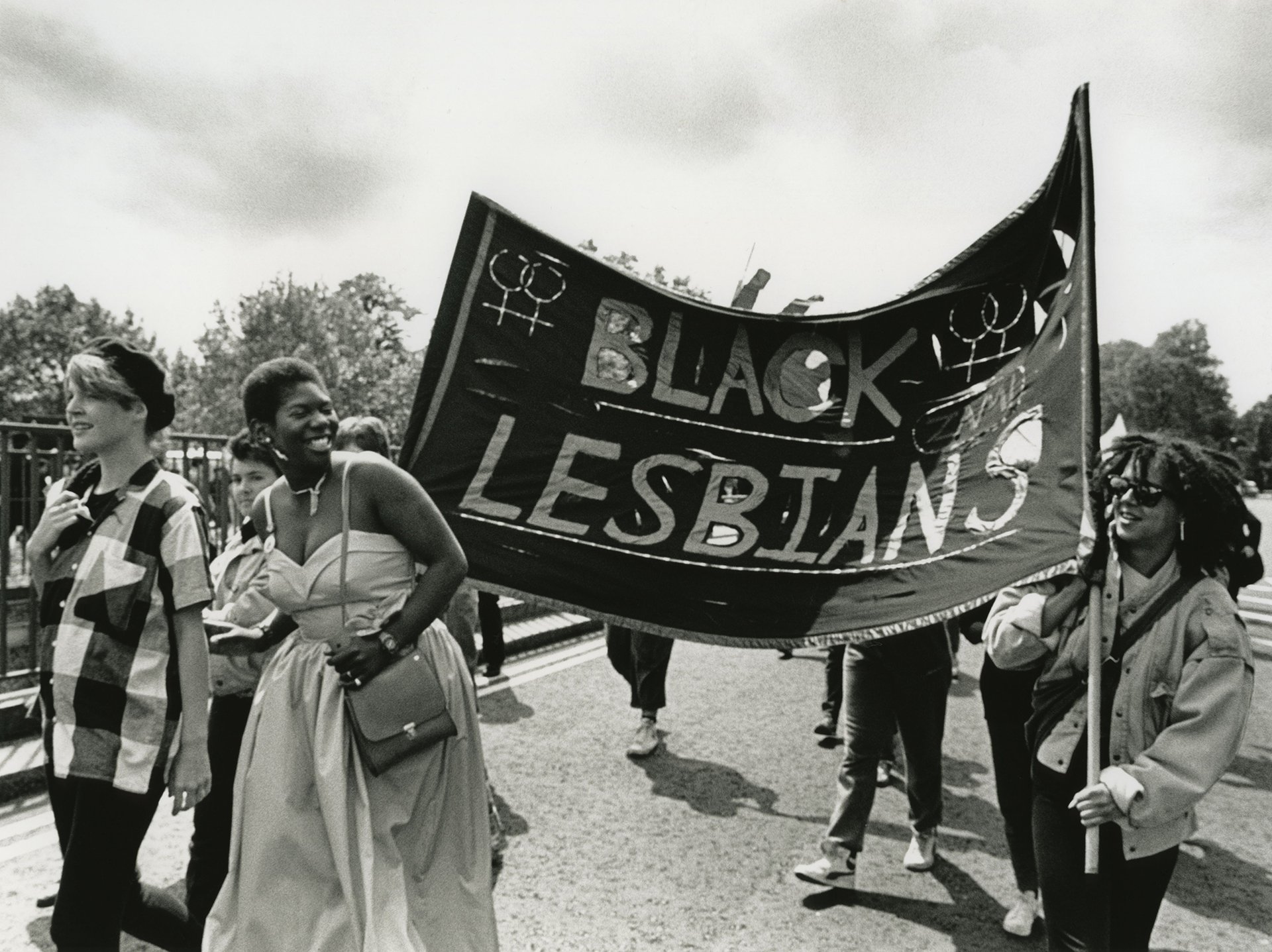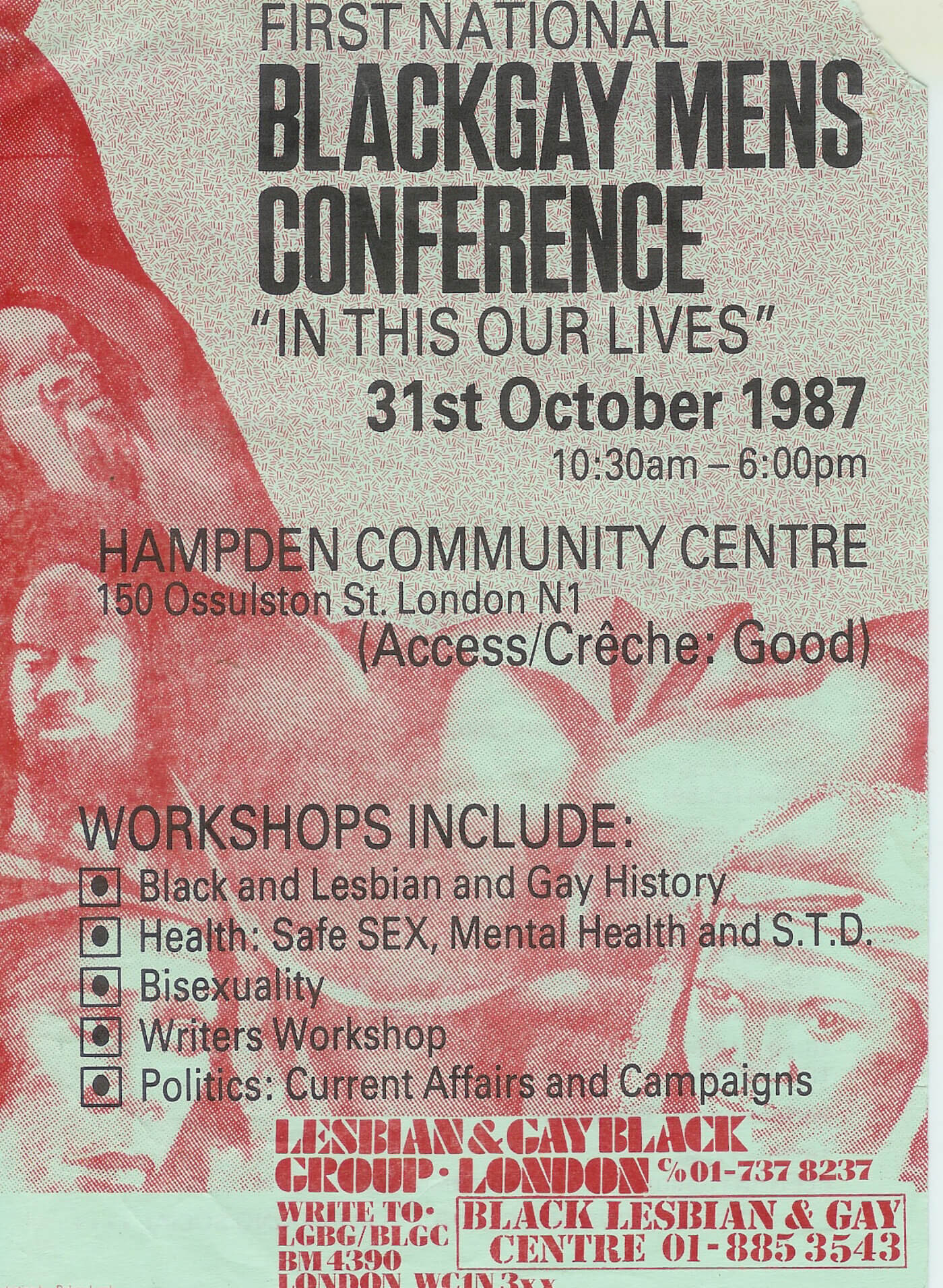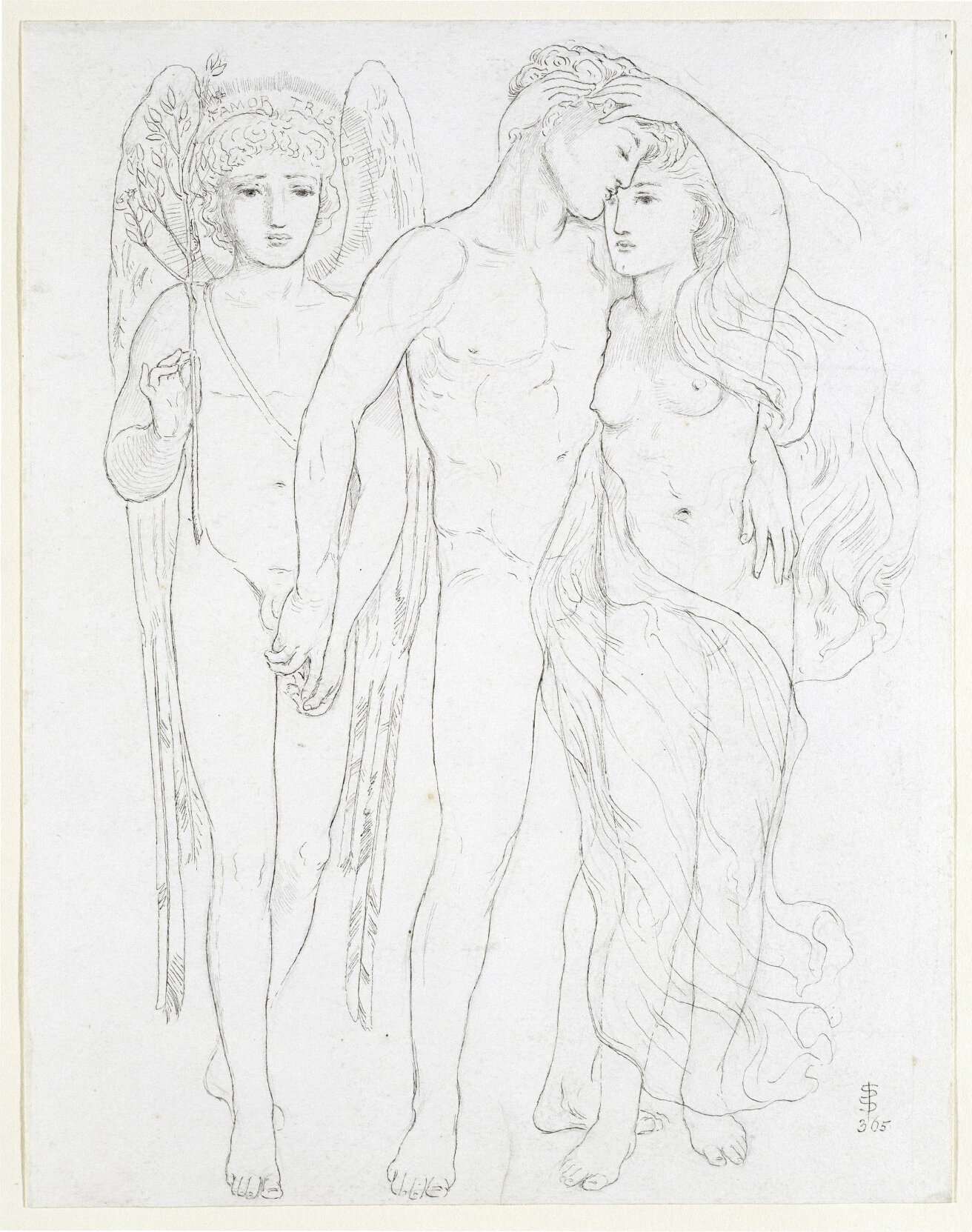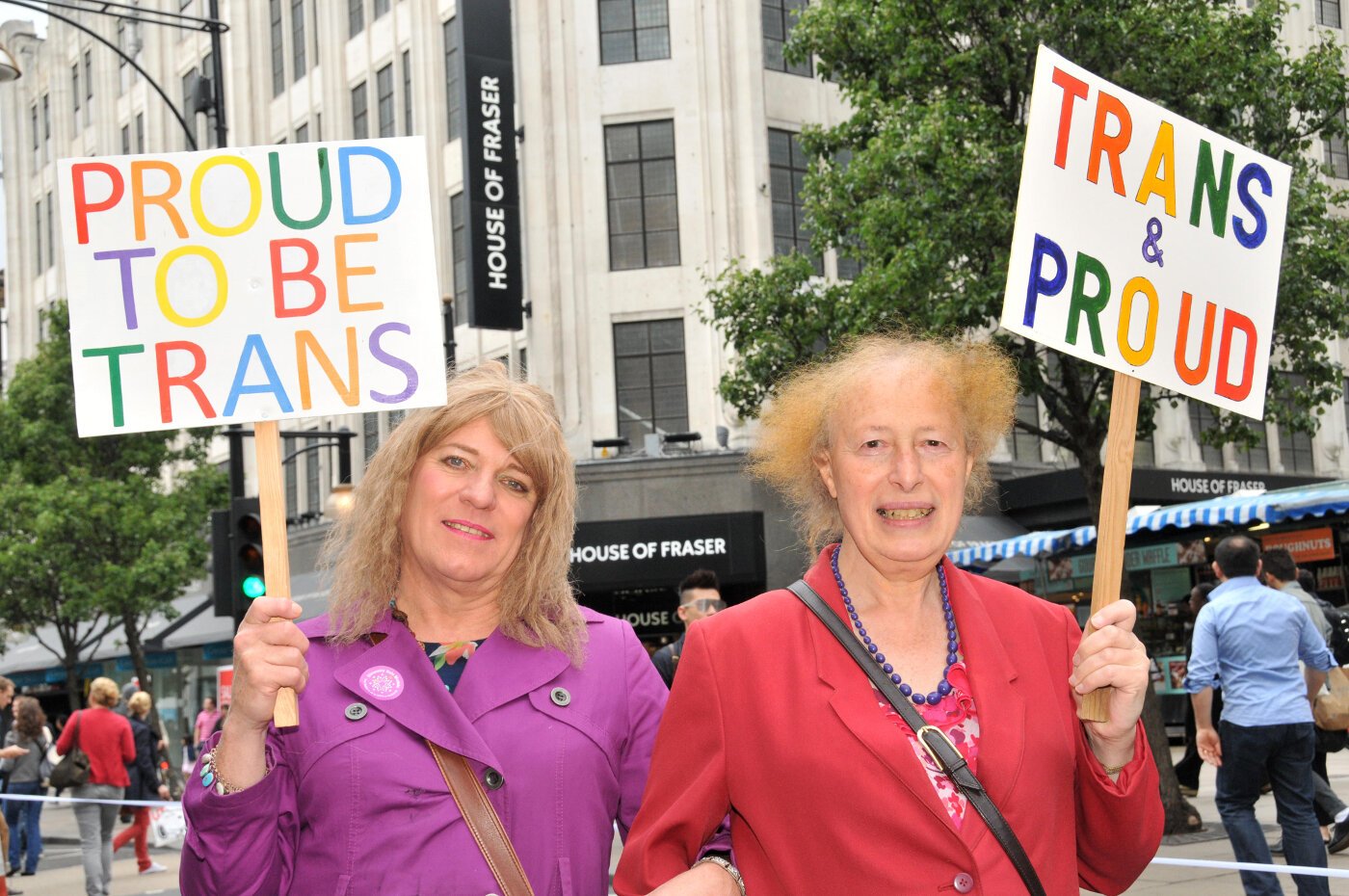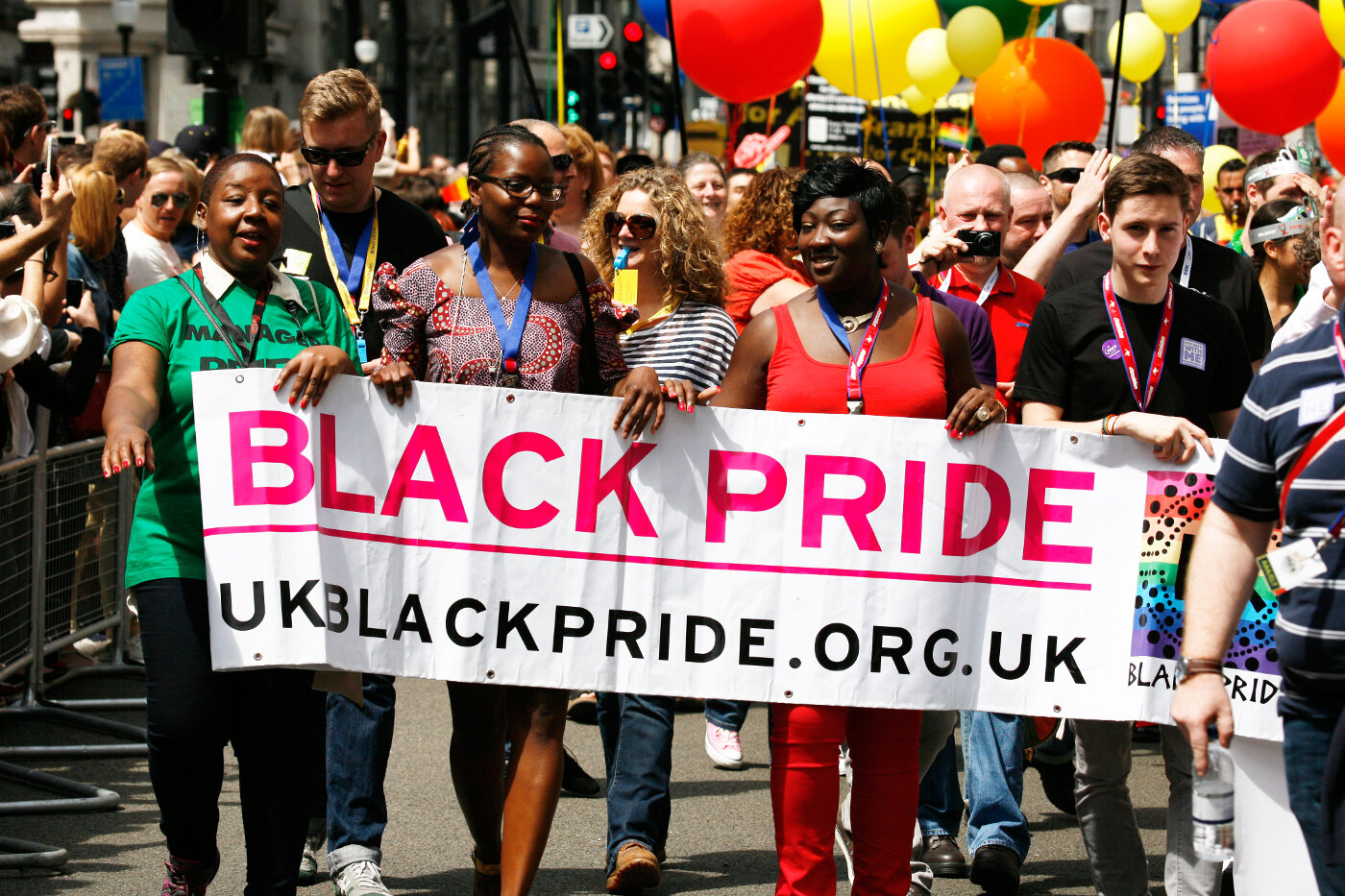Who's Included in the LGBTQ Past?
Many historical locations and sources shed light on LGBTQ pasts. Some identities, groups and periods have been better recorded than others and are therefore better understood.
We know much more about men who desired other men than any other group. LGBTQ historical records often focus on famous 'elites' and White gay men.
Lesbian, bisexual, trans, working-class, disabled, Black, and ethnically diverse voices within Queer history are less visible. More research is still needed to better understand these diverse LGBTQ histories.
Historical terminology to describe sexual and gender identities has changed over time. ‘Homosexual’ is a word coined in the 19th century, while ‘gay’ and ‘trans’ are even more recent.
Women
LGBTQ histories have been dominated by men. Only male homosexual acts were criminalised in Britain – although criminalising ‘gross indecency’ between women was discussed in Parliament in 1921. Lesbian communities have long existed, but the lack of legislative, criminal and reform records regarding sex between women has made their histories less visible.
Bisexuality
Many people in the past experienced great fluidity in their sexual lives. Queer men and women often chose to marry. Marriage might have offered protection or offered financial stability. Others married out of genuine emotional commitment and love. But we can’t necessarily call them bisexual. A self-conscious bisexual identity is relatively recent, emerging in the later 20th-century.
Class
There are far more historical sources about the lives of middle-class LGBTQ people than others. When we do learn about the lives of working-class LGBTQ people, it is often because of their encounters with the law. We rarely hear their own voices, and instead rely on criminal and medical records.
Race and Ethnicity
Black and ethnic minority people have been part of our national story for centuries. However, historical and contemporary attitudes towards race, ethnicity and migration mean that Black and ethnic minority voices are not easily found in the past. Excavations of archives for these histories and voices are being carried out but much more needs to be done.
Queer
Pride of Place uses the term ‘Queer’ as an inclusive term. In the past, ‘Queer’ has been used negatively but also for self-identification. Today many use the term to acknowledge the complexities of gender and sexuality not addressed by LGBT.
Trans and gender-nonconforming
Some people in the past challenged the social frameworks of gender. However, trans identities as we understand them today are a recent historical development. 20th-century hormone treatments and sex reassignment surgery offered people possibilities and ways of understanding themselves that were not available in the past.
Pride of Place uses the term ‘gender non-conforming’ to describe people in the past who chose to live in ways other than those associated with the gender they were assigned at birth.
Genderqueer includes ‘Mollies’, men who dressed as women and performed mock ‘molly weddings’ with other men. Genderqueer also includes women who presented as men to take advantage of employment and other opportunities. Some gender non-conforming people challenged conceptions of ‘male’ and ‘female’, ‘masculinity’ and ‘femininity’.
Some people in the past led lives that might resonate more closely with contemporary trans lives, but they had different understandings of themselves in their particular historical contexts. Pride of Place has used the pronoun that reflects how an individual chose to present themselves during their own lives. We have also occasionally used the gender-neutral pronoun ‘they’.
In the past, as today, there is no single LGBTQ community or identity that defines all LGBTQ people. Pride of Place therefore celebrates the widest range of gender diversity and same-sex love and desire in the past and the present.
Finding and Describing Photo Gallery
Please click on the gallery images to enlarge.

